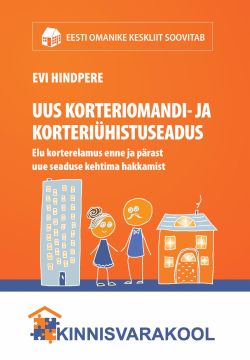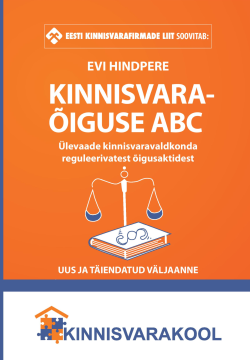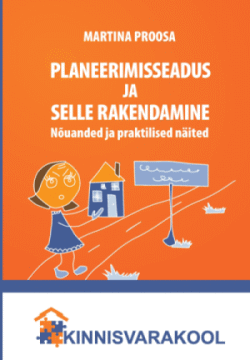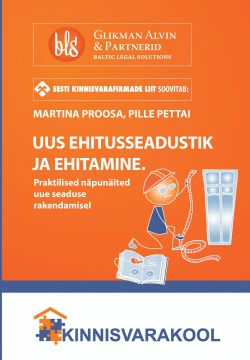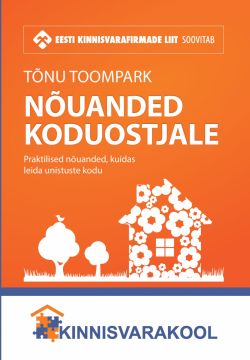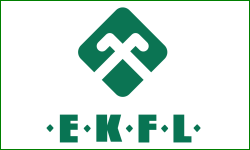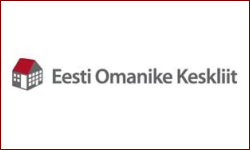 In the third quarter of 2020, Estonian economy dropped by 1.9% y/y in real terms (seasonally and working day non-adjusted). Seasonally and working day adjusted GDP rose by 3.3% q/q. The result was close to our expectations. In the first three quarters of this year, GDP dropped by 3.2% in real terms.
In the third quarter of 2020, Estonian economy dropped by 1.9% y/y in real terms (seasonally and working day non-adjusted). Seasonally and working day adjusted GDP rose by 3.3% q/q. The result was close to our expectations. In the first three quarters of this year, GDP dropped by 3.2% in real terms.

Contributions to GDP continued to be uneven across the sectors
The main negative contribution to GDP growth in the third quarter came from transportation and storage, and manufacturing that together contributed 1.8 pp to the drop. Although, the negative impact from manufacturing continued, the fall in the value added has receded. Construction, that contributed positively in the second quarter, had negative contribution in the third quarter as major effects of the crisis usually come with delay in this sector. Negative contribution to GDP growth came also from real estate activities, and accommodation and food services. In the third quarter, the worst performance continued in the tourism dependent activities – the value added of accommodation and food services dropped by 24%. The highest positive contributions came from financial sector and energy production.

Private consumption has recovered rapidly
In the current crisis, the sales volume of Estonian retail trade companies decreased only in April and increased significantly since May in annual terms (6% in October). Thus, private consumption has recovered swiftly – the drop was only 0.7% y/y in the third quarter – mainly due to increased consumption of food, alcoholic beverages, furnishing and an increase in housing expenditure.
Investments unexpectedly picked up by 13%. The positive contribution to investment growth came from business sector investments and government investments, that rose by 23% and 18%, accordingly. Behind the strong growth of business investments was mainly the large-scale software investment of one company. Household’s investments decreased by 17%.
Exports dropped more than imports and thus net exports contributed negatively to the economic growth in the third quarter – the drop in exports was 8.6%, while imports dropped by 2%. The exports of goods rose by 4%, while the exports of services (close to -30%) almost didn’t improve.
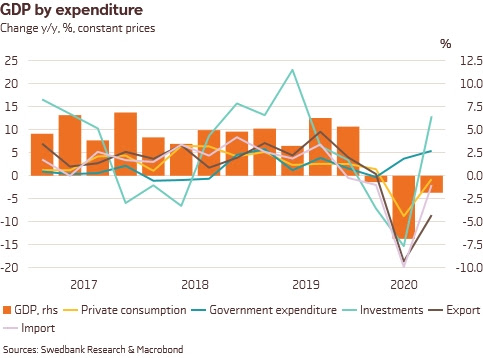
The second wave of coronavirus worsens the near-term outlook
The deepest drop in the economy is behind us, however, the uncertainty remains high due to the second wave of coronavirus and the following restrictions. Thus, this will continue to be a drag to the economy in the fourth quarter and the first quarter, or even first half of next year, however, positive news on coronavirus vaccine are adding optimism that the end of the pandemic is in sight. According to our forecast, published on 5th November, we expect Estonian economy to drop 3.2% this year and to recover moderately next year.




